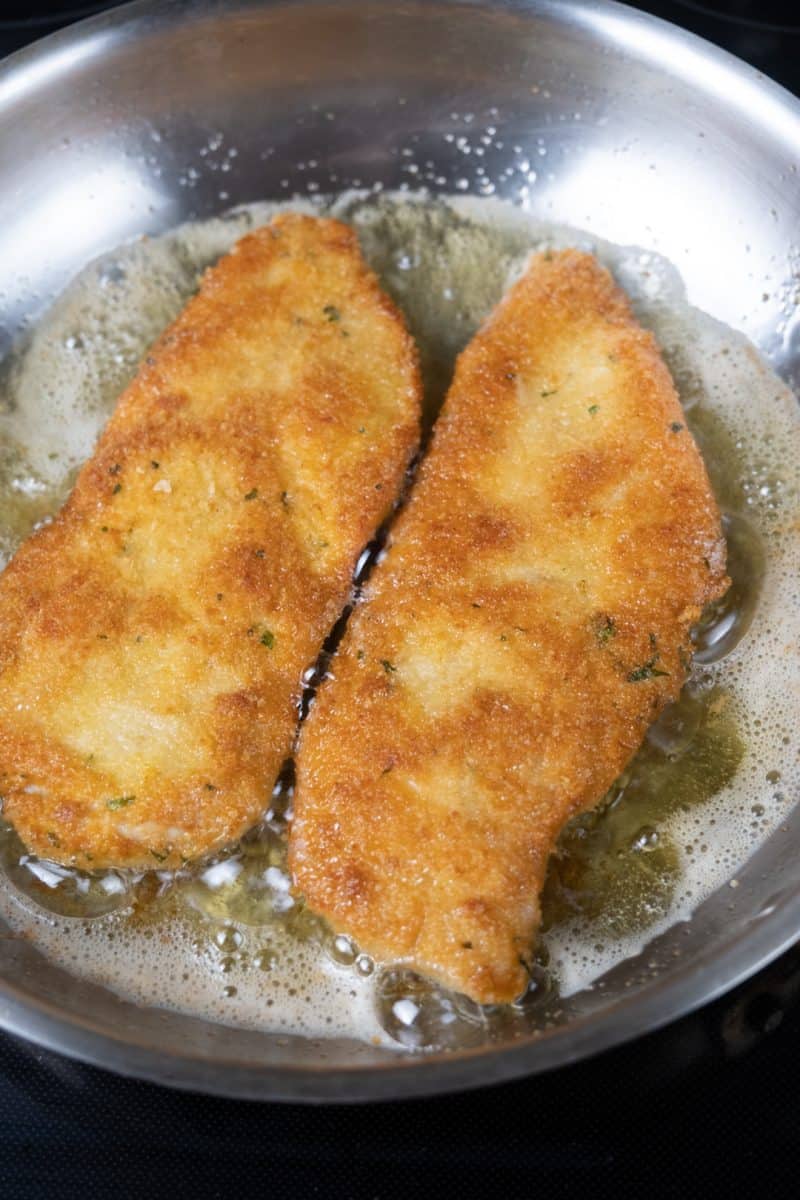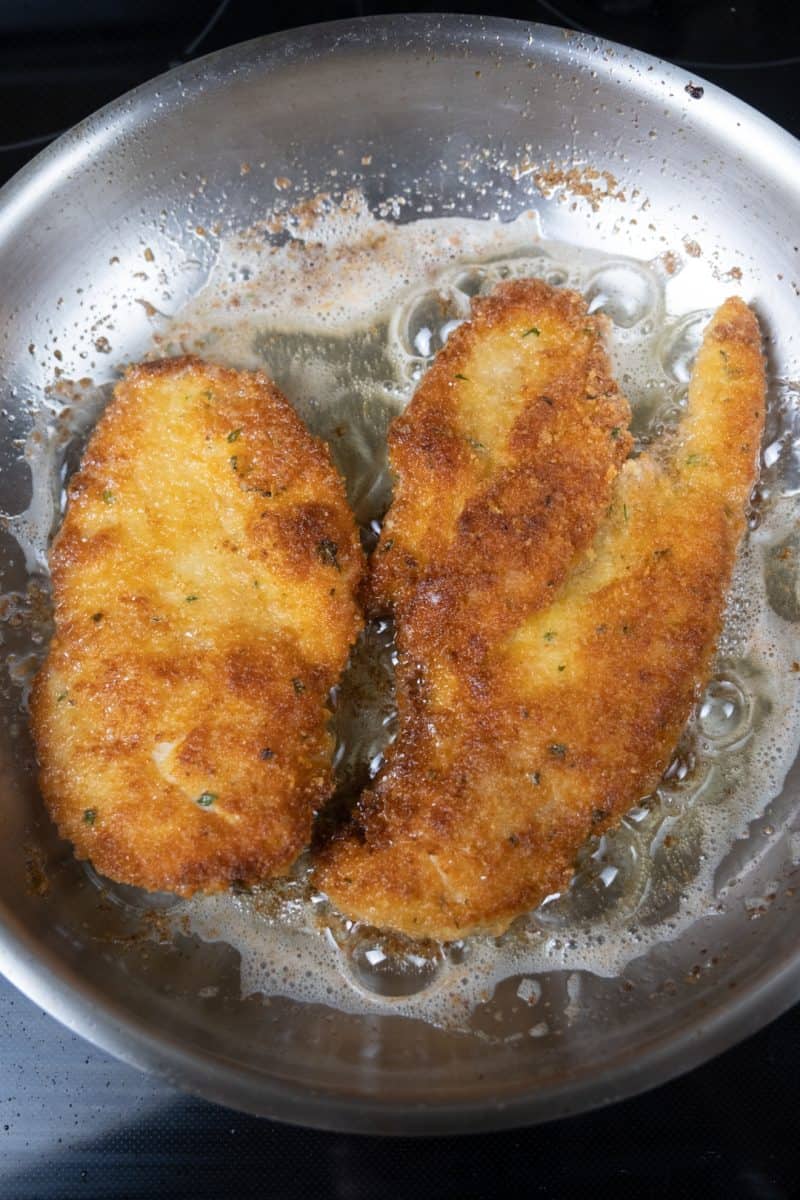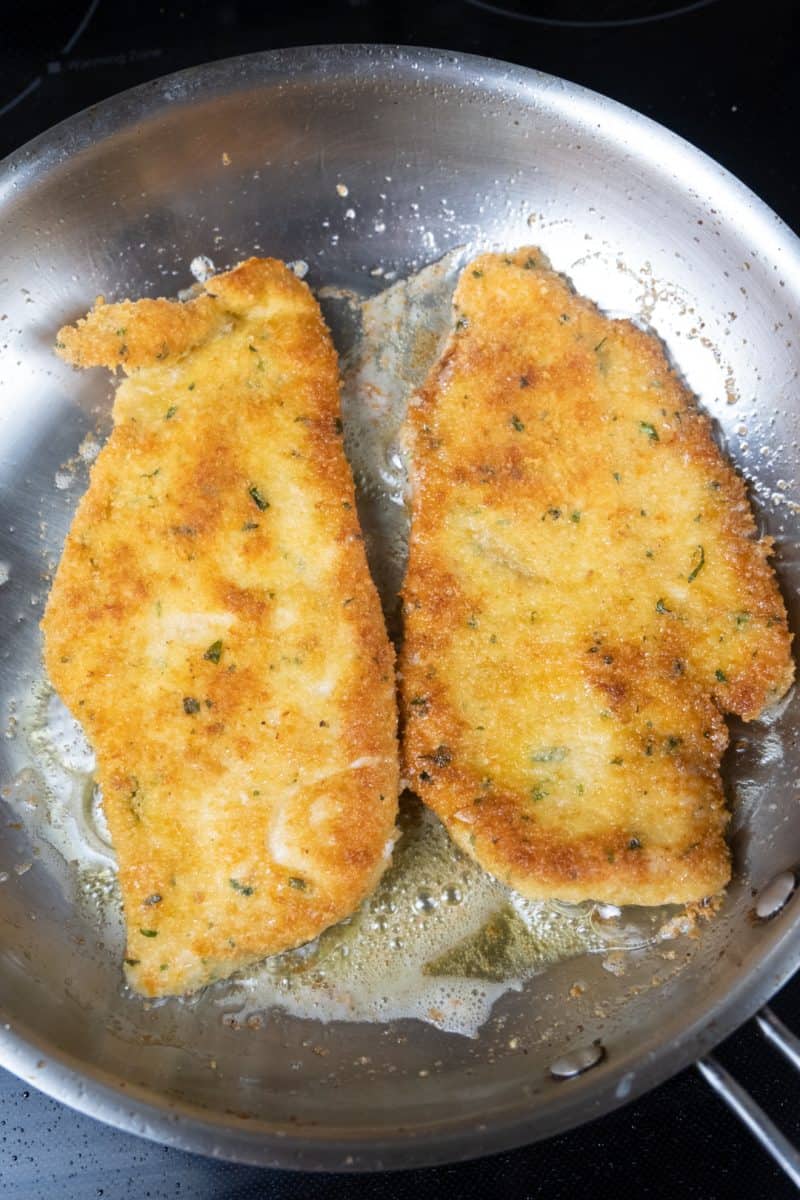Ever stared at your pantry, completely puzzled about which oil to grab for those chicken cutlets you’re about to make? Trust me, you’re not alone! I’ve been there too, standing in front of my kitchen cabinet wondering if I should reach for olive oil, canola oil, or something else entirely. After years of experimenting (and yes, some definite failures), I’m here to share the ultimate guide on picking the perfect oil for your crispy, delicious chicken cutlets.
Why Your Oil Choice Matters So Much
Before diving into specific oils, let’s talk about why this decision is so darn important:
- Smoke point – This is the temperature where oil starts breaking down and smoking (nobody wants burnt-tasting cutlets!)
- Flavor profile – Some oils add flavor while others stay neutral
- Health considerations – Different oils have different nutritional properties
- Cost and availability – Because sometimes your wallet has a say too!
The Top Contenders: Best Oils for Frying Chicken Cutlets
After testing multiple oils, here are the best options ranked from my personal favorites:
1. Refined Peanut Oil – The Gold Standard
Smoke Point Approximately 450°F (232°C)
Peanut oil is often considered the undisputed champion for frying chicken cutlets, and for good reason! It has an incredibly high smoke point, which means you can get your oil nice and hot without it breaking down. This results in that perfect crispy exterior we all crave.
Pros:
- Neutral flavor that won’t interfere with your seasoning
- Can be reused 3-4 times if properly strained and stored
- Creates that restaurant-quality crispiness
Cons
- More expensive than some other options
- Not suitable for those with peanut allergies
- Not always available in every grocery store
2. Coconut Oil – The Surprising Contender
Smoke Point: Around 450°F (232°C) for refined coconut oil
Coming in at number one on many lists is coconut oil which offers both health benefits and excellent frying properties.
Pros:
- Contains healthy fats and high points of lauric acid
- Creates beautifully crispy chicken cutlets
- Can prevent flavor transfer between batches
Cons:
- Refined coconut oil is best as unrefined has a strong coconut flavor
- Can be expensive compared to other options
- Not everyone enjoys the subtle sweet, nutty taste
3. Avocado Oil – The Premium Choice
Smoke Point: Impressively high at 520°F (271°C)
If you’re willing to spend a bit more, avocado oil is an amazing choice with the highest smoke point on our list.
Pros:
- Sweet, nutty aroma that’s pleasant during cooking
- Contains oleic acid which can be “heart healthy”
- Produces evenly cooked cutlets with perfect texture
Cons:
- More expensive than most other options
- Might be harder to find in some stores
- The subtle flavor might not be what you’re looking for
4. Canola Oil – The Budget-Friendly Option
Smoke Point: Around 400°F (204°C)
This is a popular and affordable choice that many home cooks reach for.
Pros:
- Very affordable and widely available
- Neutral flavor profile
- Contains omega-3 and omega-6 fatty acids
Cons:
- Lower smoke point than some alternatives
- Can produce unevenly fried cutlets
- More heavily processed than some other options
5. Olive Oil – The Mediterranean Option
Smoke Point: 320-375°F (160-190°C) depending on type
While not ideal for deep frying, olive oil can be excellent for pan frying chicken cutlets.
Pros:
- Rich in monounsaturated fatty acids (the “good” fats)
- Adds a pleasant flavor depth to chicken
- Good for pan frying or browning cutlets
Cons:
- Lower smoke point makes it unsuitable for deep frying
- Flavor and fragrance deteriorate with prolonged heating
- Extra virgin olive oil is expensive to use for frying
The Experiment: What I Discovered
When I tested different oils for my chicken cutlets, I paid attention to three key factors:
-
The smell – Surprisingly important! Avocado oil had a delightful sweet, nutty aroma while canola oil smelled rather plain or even slightly unpleasant.
-
Texture of the finished cutlets – Avocado oil produced the most evenly fried cutlets with perfect texture, while canola oil sometimes resulted in uneven cooking.
-
Taste – Extra virgin olive oil imparted a noticeable (and delicious) flavor to the cutlets, while avocado oil created a cleaner, lighter taste with no oily mouthfeel.
Tips for Perfect Chicken Cutlets (Regardless of Oil Choice)
No matter which oil you choose, these tips will help ensure crispy, juicy cutlets:
- Temperature control is crucial – Use a deep-fry thermometer to maintain 325-350°F (160-175°C)
- Don’t overcrowd the pan – Fry in batches to maintain oil temperature
- Proper drainage – Place fried cutlets on a wire rack, not paper towels, to stay crispy
- The three-step breading process – Flour, egg wash, then breadcrumbs for perfect coating adhesion
- Let breaded cutlets rest – A 15-20 minute rest before frying helps the coating stick
Oils to Avoid for Chicken Cutlets
Not all oils are created equal! Here are some you might want to skip:
- Unrefined oils with low smoke points
- Butter (burns too easily at high temperatures)
- Sesame oil (too strongly flavored unless you specifically want that taste)
FAQ: Your Burning Questions Answered
Can I reuse oil after frying chicken cutlets?
Yes! Most oils, especially peanut oil, can be reused 3-4 times. Let it cool completely, strain through a fine-mesh sieve to remove food particles, and store in an airtight container in a cool, dark place.
What if I have a peanut allergy?
Canola oil or vegetable oil are your best alternatives. Rice bran oil is another excellent option if available.
Why are my chicken cutlets soggy?
This usually happens because your oil temperature is too low, you’re overcrowding the pan, or not draining them properly after frying. Make sure to use a wire rack instead of paper towels for draining.
Is it possible to shallow fry instead of deep fry?
Absolutely! Use enough oil to come halfway up the sides of your cutlets and flip them halfway through cooking. Keep in mind that deep frying generally yields a crispier result.
The Bottom Line: What Oil Should I Use?
If I had to give you a single recommendation, I’d say refined peanut oil is your best bet for chicken cutlets. Its high smoke point, neutral flavor, and ability to create perfectly crispy cutlets make it the top choice for most situations.
However, if you:
- Have peanut allergies → Go with canola oil or rice bran oil
- Want a healthier option → Try avocado oil or coconut oil
- Prefer pan-frying → Olive oil works beautifully
- Are on a budget → Canola oil or corn oil will do the job
Remember, the perfect chicken cutlet isn’t just about the oil – it’s about temperature control, proper breading, and cooking technique. But starting with the right oil definitely puts you on the path to crispy, golden-brown cutlet perfection!
So next time you’re standing in front of your pantry, wondering “what oil should I use for chicken cutlets?”, you’ll know exactly which bottle to reach for!
What’s your go-to oil for chicken cutlets? Have you tried any of these options? I’d love to hear about your experiences in the comments below!

Texture of each cutlet
One of the most important factors in my mind was texture when deciding what oil to fry chicken cutlets in. Were they fried evenly, how did the chicken cook, etc?



Avocado oil won this category again! The cutlets were perfectly cooked and completely evenly fried. The inside did not take on that shredded look of overcooked chicken. The avocado oil definitely “cooked” the cutlet the best.
Third place again was the canola oil. The cutlets were unevenly fried. Some of the cutlets had to be slightly overcooked because half the cutlet wasnt cooking at the same rate the other half was. The texture inside some of the canola oil cutlets was just slightly different than the avocado oil. Almost a bit chewier.
The olive oil took second place here. The cutlets werent perfectly even, but they were close enough. The texture of the chicken was close to that of the avocado oil cutlets. They were overall, a great texture, evenly cooked through, just could have been fried slightly darker in certain areas.
Smell of each oil
I wasnt planning on having this be a category in the blog but the very first thing I noticed was the smell of the oil as the pan heated. Im so used to the smell of canola oil that when I started smelling the avocado oil, I was pleasantly surprised.
I did everything here in alphabetical order so that it would be easy to track everything on video. So, I started with avocado oil. I had never fried cutlets in avocado oil. The very first thing I noticed was the smell. The avocado oil smelled sweet and nutty. It was really delightful. It shimmered so perfectly in the pan. You could see it evenly across the pan. As it sat in the pan it slightly yellowed while it was heating up. The fragrance of the avocado oil was definitely my favorite.
It might have been because I had just smelled the avocado oil, but the canola oil just smelled…BAD. The only scent I can relate it to is the smell of a fryer. It was bad in comparison. Obviously, canola oil doesnt smell “bad.” It didnt have the delightful scent that the avocado oil did. It just smelled like oil. The canola oil smell was my least favorite. Also, when watching the canola oil shimmer, it got slightly cloudy and wasnt shimmering evenly across the pan.
The olive oil was a bit different. It smelled almost a bit fruity or sweet. Maybe even a bit tangy. It definitely had a nice smell to it. You could smell the olives. It was a really refreshing smell, I just preferred the nutty avocado scent.
